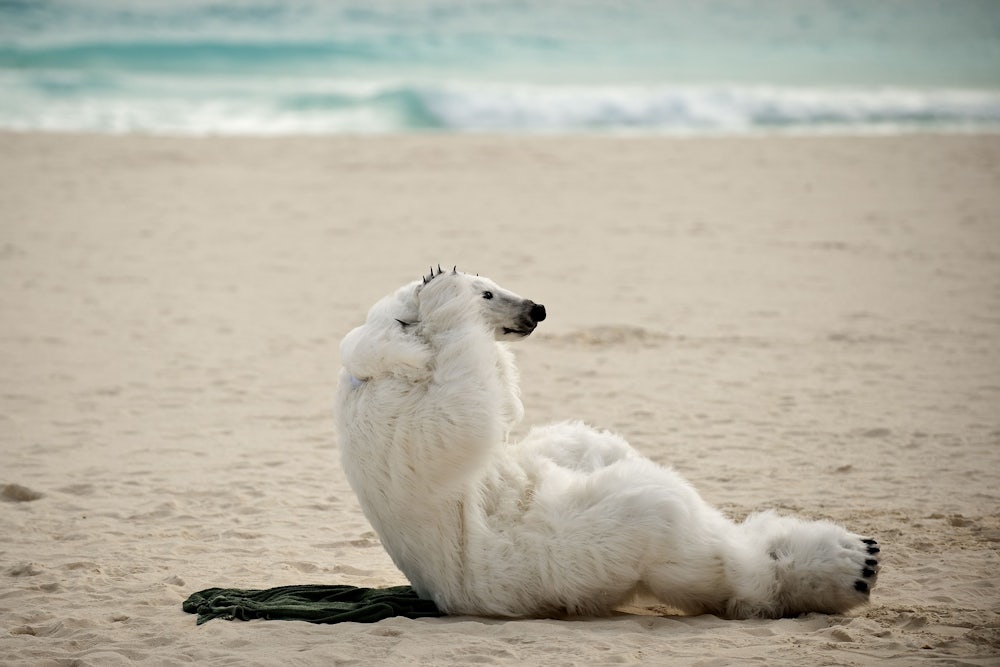By now, every member of Congress should have received a very long letter about the Green New Deal. Sent by 626 environmental groups on Thursday, the letter calls on lawmakers to support the idea, popularized by freshman Congresswoman Alexandria Ocasio-Cortez, of a sweeping economic stimulus package to fight global warming.
Thursday’s letter addresses one of the most common criticisms of the Green New Deal: that no one can agree about what should be in it. These 626 environmental groups, including Greenpeace, the Center for Biological Diversity, and 350, say a Green New Deal should include an expansion of the Clean Air Act; a ban on crude oil exports; an end to fossil fuel subsidies and fossil fuel leasing; and a phase-out of all gas-powered vehicles by 2040, among many other things.
But the letter also shows how far Ocasio-Cortez and her allies still have to go to in gathering support for the Green New Deal, because six of the largest, most influential environmental advocacy groups didn’t sign it: the Sierra Club, the Natural Resources Defense Council, the Environmental Defense Fund, Mom’s Clean Air Force, Environment America, and the Audubon Society. Two green groups founded by deep-pocketed Democratic celebrities are also absent: Al Gore’s Climate Reality Project and Tom Steyer’s NextGen America.
It’s not that they weren’t asked to sign. “There was a big effort to get signatures, and it’s great to see activists pushing for a Green New Deal with the urgency and scale climate change requires,” said a spokesperson for a national environmental group that didn’t sign the letter. “But the details matter... There is some language that gave us some concern.”
Representatives from other groups were also largely hesitant to explain on the record why they didn’t sign the letter. (Perhaps, like some Democrats, they’re afraid that Ocasio-Cortez might scold them on Twitter.) Speaking on background, though, some said the letter did not allow for enough flexibility on the details of a Green New Deal—such as one section promising that all signatories will “vigorously oppose” a deal that includes “market-based mechanisms and technology options such as carbon and emissions trading and offsets, carbon capture and storage, nuclear power, waste-to-energy and biomass energy.”
Dominique Browning, the co-founder of Mom’s Clean Air Force, wasn’t shy about putting her criticisms on the record. She noted that the letter characterized market-based solutions to climate change—such as carbon taxes or cap-and-trade systems—as “corporate schemes that place profits over community burdens and benefits.” This can be true, Browning said, but “equity and environmental integrity factors could be built into those mechanisms.”
Browning also took issue with the letter’s rejection of “carbon capture and storage,” the technology that removes greenhouse gases from the atmosphere and stores them—either in concrete blocks, or deep underground. Yes, she said, the technology is unproven and not cost-effective—for now. “Why at this point would we shut off research and development into any possible technological solution that might get us out of this mess?” she asked. “Who knows yet what will be the answer, or answers?”
Some non-signatories sought to draw a distinction between their groups and the groups that signed the letter. Andrea McGimsey of Environment America—which advocates for federal environmental policy changes, in part by lobbying—said that she and her organization “wholeheartedly support the [letter’s] call for 100 percent renewable energy.” But, she added, “Much of the rest of the plan is outside our lane.” Jake Thompson, a spokesperson for the Natural Resources Defense Council, said the group was supportive of the “exciting momentum behind a new grassroots call to arms, embodied in part by initiatives like the emerging Green New Deal.”
But for other non-signatories, the issue seemed that they simply aren’t ready to commit to what must—and must not—be in the Green New Deal. “We are working collaboratively with a wide array of groups—including many of those on this letter—plus frontline communities and members of Congress to develop bold Green New Deal policies that can tackle the climate crisis, create high paying jobs, and counteract racial and economic inequity at the speed and scale that justice demands,” Ben Beachy, the director of Sierra Club’s Living Economy campaign, said in an emailed statement. “Building a more inclusive economy requires an inclusive process.”
Caution seems warranted, in theory. The Green New Deal, whatever it ends up being, will affect every interest group in the country. Coming off too strong, too soon, could risk alienating some of those groups and potentially sacrificing the success of a deal altogether. Perhaps that’s why most of the likely Democratic candidates for president have expressed support only for the general concept of a Green New Deal and been otherwise light on the details.
Then again, scientists’ warnings have been clear for decades, and now there’s only one decade left to implement the solutions necessary to solve global warming. The nation’s leading public interest groups on the environment should be leading the conversation about what those solutions should be. That doesn’t mean they have to agree with the grassroots groups who signed Thursday’s letter. But it does mean they should be able to explain, clearly and on the record, why they don’t.
